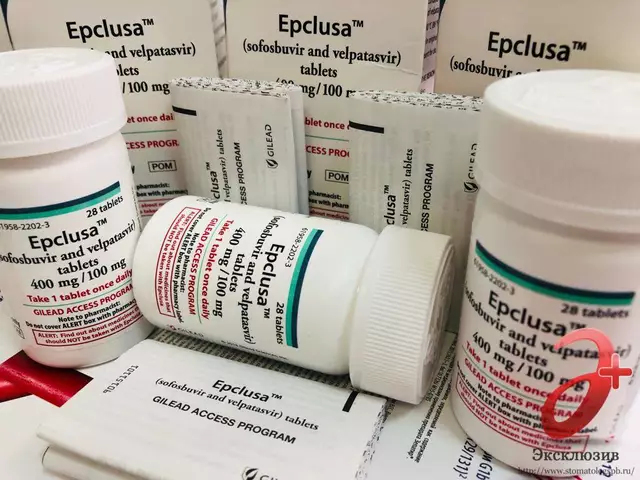The Cost of Velpatasvir: Is It Worth the Investment for Hepatitis C Treatment?
July 31 2023PMS: Practical Guide to Symptoms, Relief, and When to Seek Help
Most people don’t realize PMS affects up to 75% of people who menstruate at some point — from mild bloating to mood swings that feel real. If you want straight answers on what works and what doesn’t, this page is for you.
What PMS looks like varies. Common signs include cramps, breast tenderness, bloating, fatigue, irritability, anxiety, and craving carbs. Symptoms typically start 5–11 days before your period and improve within a few days after it begins. Track your cycle for two or three months: note symptom type, severity, and timing. That simple log helps your doctor and makes it clear if it’s PMS or something else like PMDD (a more severe, disabling form that affects mood and daily function).
Quick ways to ease symptoms
Try these first — they’re low-risk and often help. Move: light exercise like walking or yoga reduces cramps and lifts mood. Sleep: aim for consistent 7–9 hours. Eat: cut down on salty and sugary foods before your period; add whole grains, lean protein, and veggies. Supplements that have some evidence: calcium (1,200 mg/day), magnesium (200–400 mg/day), and vitamin B6 (up to 50–100 mg/day). Don’t mix high-dose supplements with other meds without checking with your clinician.
Over-the-counter options include NSAIDs (ibuprofen or naproxen) for cramps and inflammation. For persistent mood or severe physical symptoms, doctors may suggest hormonal birth control to stabilize hormones, or SSRIs (like fluoxetine) taken daily or only during the luteal phase. Those treatments work for many people, but they need follow-up and monitoring for side effects.
Practical steps that fit real life
Plan ahead: keep an easy snack pack, heating pad, and a simple exercise routine for your pre-period week. Use apps or a paper calendar to spot patterns — for example, if sugar cravings always precede mood dips, you can prepare healthier snacks. Tell close friends or coworkers when you expect worse days so they can offer small support. Small changes add up.
If you're using online pharmacies or buying supplements, check reviews and legitimacy. For prescription meds, always use a registered pharmacy and a valid prescription. Safety matters: counterfeit meds and wrong doses can make symptoms worse.
See a doctor if symptoms stop you from working, socializing, or sleeping; if you have suicidal thoughts; or if your symptoms suddenly get much worse. A clinician can rule out thyroid issues, anemia, or mood disorders and recommend a tailored plan — sometimes combining lifestyle tweaks, supplements, and medication.
Extra tips: try simple breathing or CBT-style techniques for mood — studies show brief CBT helps many women with severe PMS or PMDD. Cut back on caffeine and alcohol before your period. If you're planning pregnancy or breastfeeding, talk to your clinician about safe medication and contraception choices to avoid risks and plan timing.
PMS doesn’t have to control your month. Track your cycle, try low-risk fixes first, and get help when symptoms interfere with daily life. Small steps often bring big relief. You can feel much better.
 23 Jan
23 Jan
Understanding PMS and Pregnancy: What You Need to Know
Navigating the intricate dance between premenstrual syndrome (PMS) and the early stages of pregnancy can be perplexing due to overlapping symptoms. While cramping, mood swings, and fatigue may signal PMS, they can also be early pregnancy indicators. This article sheds light on telling these conditions apart and offers practical advice. Through real experiences and expert insights, it also explores how women cope and what can be expected during these pivotal times.
Read More...




